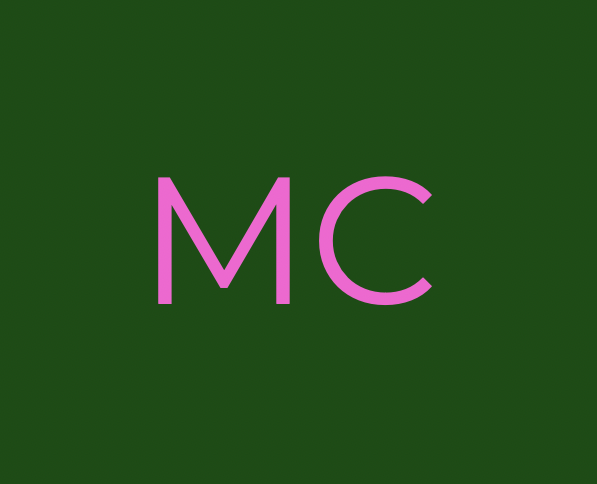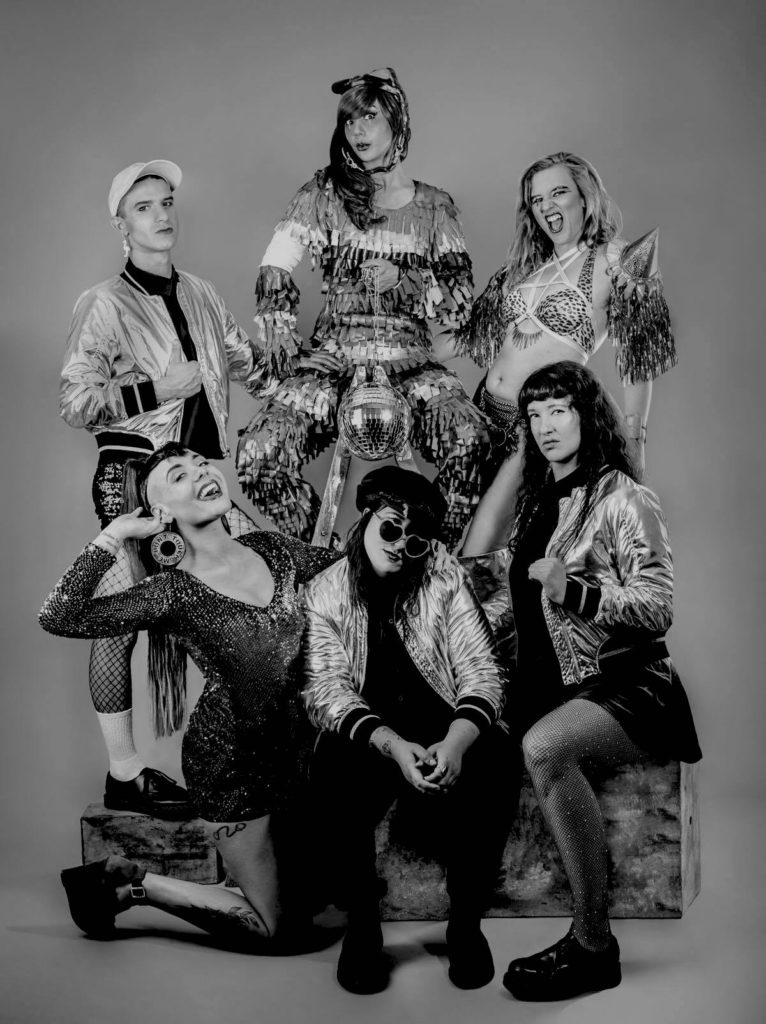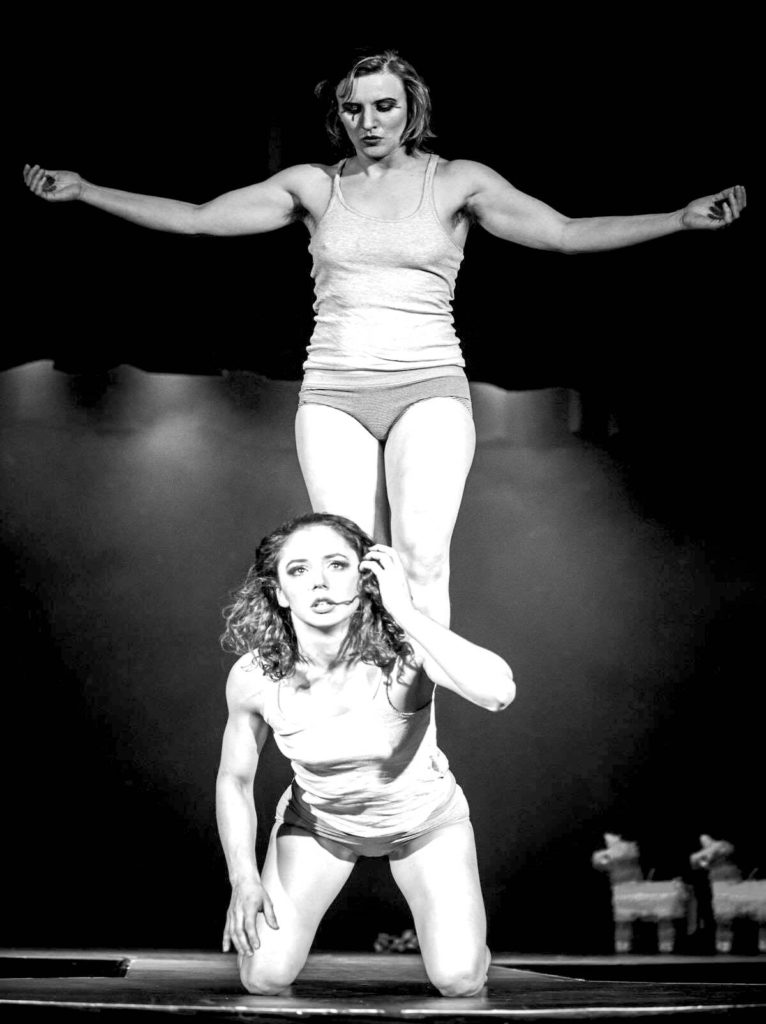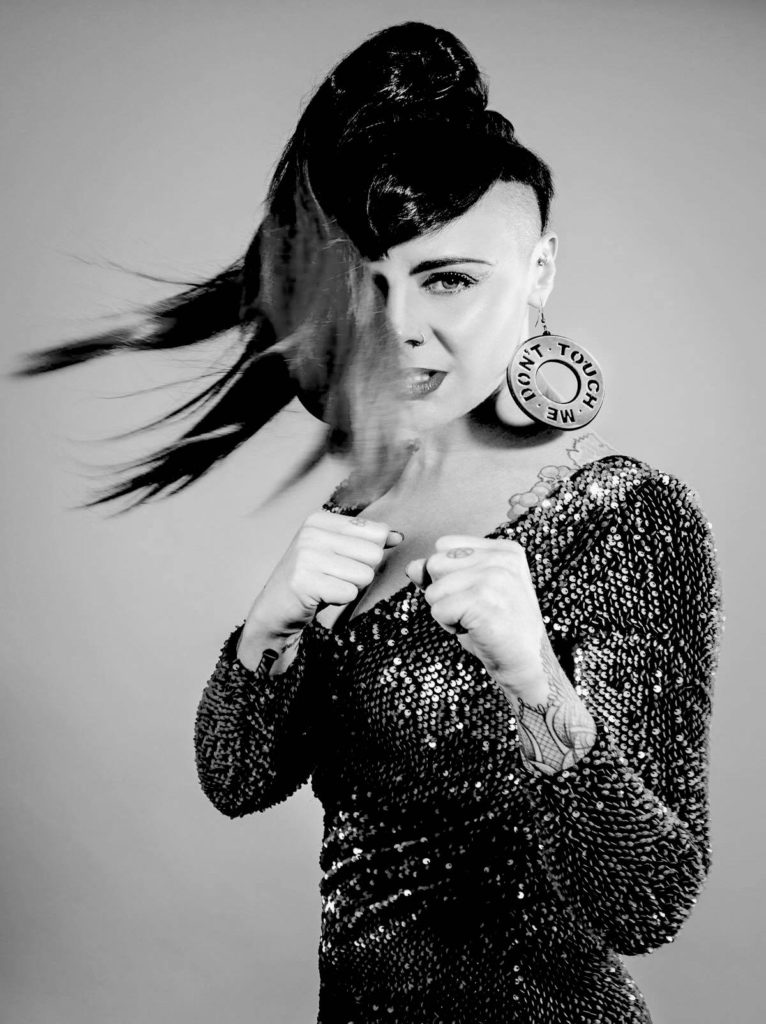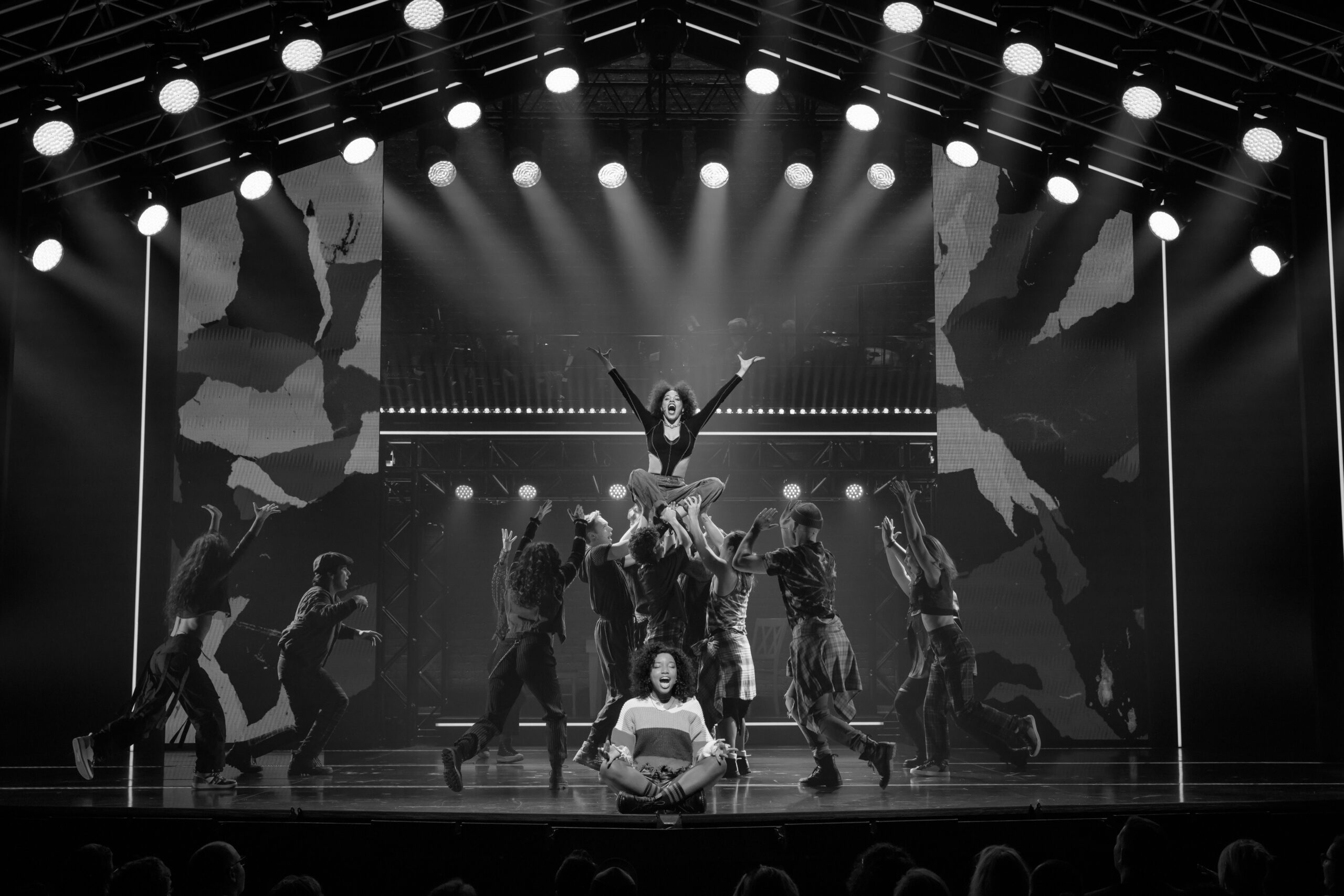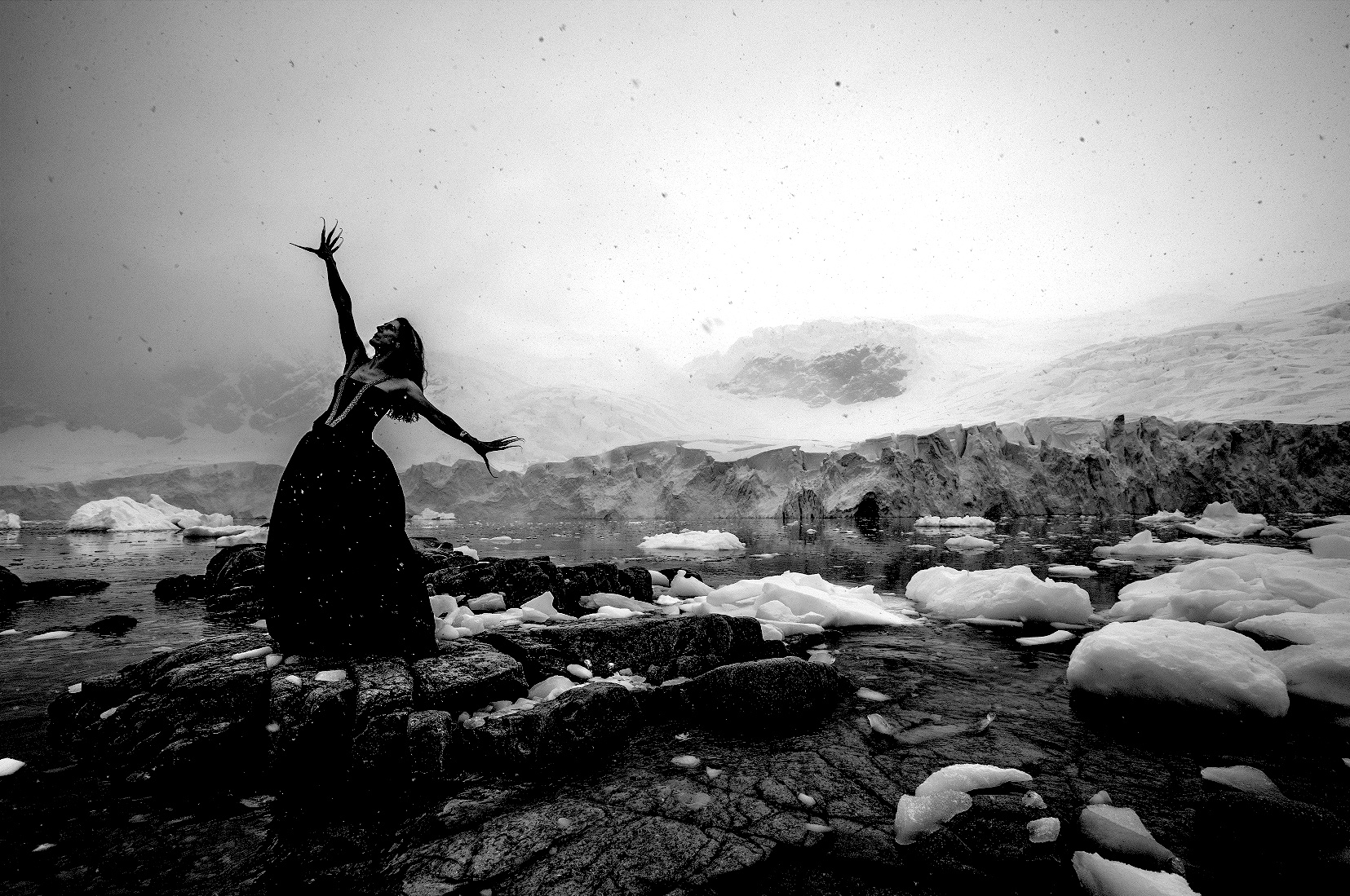DOWN WITH JOY
With a cast comprised of some of Melbourne’s most infamous feminists, performance artists and even a neuro-scientist – KillJoy is the long-awaited collaboration of hearts and minds, the performance smashes the patriarchy in a glittering explosion of all things queer. Here, the cracks in the traditional conception of femininity are pried open, and exposed are the threads of solidarity that connect us in our difference.
A manifesto of the richness, the complexity, and the humanity of the feminine persona. On queer arts, the binary and how art can bring people together, The Melbourne Critique spoke with Amy Broomhall, one of the creatives involved with bringing Killjoy to life.
Amy, how do you define “queer arts” and what role does this form or genre play in successfully smashing the patriarchy? What does your work challenge?
I would define “queer arts” simply as art made by Queer people, art that explores any aspects of that identity. Queer is such a broad umberella term that encompasses so many identities and expressions of sexuality, but, at it’s core, it is a political identity. Queer is a reclaimed word that has been used against Queers and it’s contraversial even in the LGBTQIA communities, but we are all ever evolving!
Queer Art challenges the patriarchal status quo by being proudly “out” and not conforming to heteronormative expectations. This can be as simple as a “same sex” love song. Sometimes existence is defiance in itself, particularly in a society that is still uncomfortable with two men kissing…
Our work challenges the silence that women, Queers and nb folk (as there is a few in the show) are expected to maintain to keep the Patriarchy functioning. We are not just telling our #metoo stories, we are celebrating our survival through them. We are proud of our battle scars and identities, and we think the Queer community should be, too.
In extension, how do you get your audiences behind the curtain to interrogate the power dynamic at play?
Great question. In KillJoy we oscillate from expressing fairly didactic messages, delving into domestic violence and toxic relationships, to humourous piñata aerialists and to lecherous sex monsters that really can be taken any way you wish! We like to present our stories and leave it up to the audience to fill in the gaps with their own experiences. Our stories are relatable, but personal. We have such diverse characters in KillJoy that explore different elements of power we possess, power we wish to reclaim, and power we wish to inspire in others.
What sets your work apart from others that are a part of the Midsumma? Do you perhaps see any trends within these kinds of festivals and contexts that could do with being challenged?
As a show, we offer a full cabaret experience with our live band, but we are also all punks in our own ways. We don’t fit into the standard cabaret / drag format and walk the line of performance art, theatre, live music and burlesque. This is our first Midsumma and we are loving the community, even though the Carnivale was a lot more corporate than we thought! There are also not many shows of this scale that are comprised of only women and nb folk!
Do you see art and performance as having the ability to bring about unification?
Absolutely. Art and artists are always at the forefront of subversive thought and action. Art ultimately has the ability to transcend cultures, class, scenes – if it’s accessible, of course. Anyone can be moved by an angelic voice, by a passionate dance piece, by a showgirl ranting about gender policing… And there is a unification that happens when you have an Experience with a room full of strangers, and the electricity can be felt in the collective gasp of a room picking up what you’re putting down. It’s a beautiful feeling.
A world without art would be?
Sorry I don’t understand this question! A world without art? It’s politically not a good example but I always think of Winston Churchill being asked to cut arts funding to support the war effort, and he replied: “Then what are we fighting for?”
